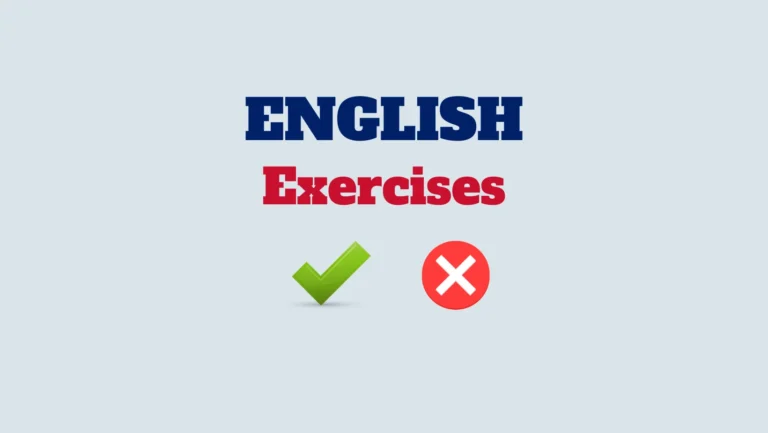Imperative sentences are a vital aspect of English grammar, serving as a direct and authoritative way to express commands, requests, suggestions, or instructions. This grammatical construction is particularly impactful as it is designed to prompt action or elicit a specific response.

Let’s explore the imperative mood in more detail:
Structure of imperative sentences:
Affirmative imperative:
Formed by using the base form of the verb (bare infinitive).
Example:
Close the door before leaving.
Negative imperative:
Formed by adding “do not” or “don’t” before the base form of the verb.
Example:
Don’t forget to turn off the lights.
Usage of imperative sentences:
Giving commands:
Direct and assertive language is employed to instruct someone to perform a specific action.
Example:
Study for your exam carefully.
Making requests:
Polite and direct requests can be conveyed using the imperative mood.
Example:
Please pass me the salt.
Offering suggestions:
Suggestions or advice can be expressed in the form of imperatives.
Example:
Try the new dish on the menu.
Providing instructions:
Step-by-step instructions or guidance can be communicated using imperative sentences.
Example:
Mix the ingredients thoroughly…
Understanding the nuances of imperative sentences allows for effective communication, ensuring clarity and precision in conveying commands, requests, or suggestions. By mastering the art of crafting imperatives, you enhance your ability to communicate assertively and efficiently in various situations. Happy learning!



